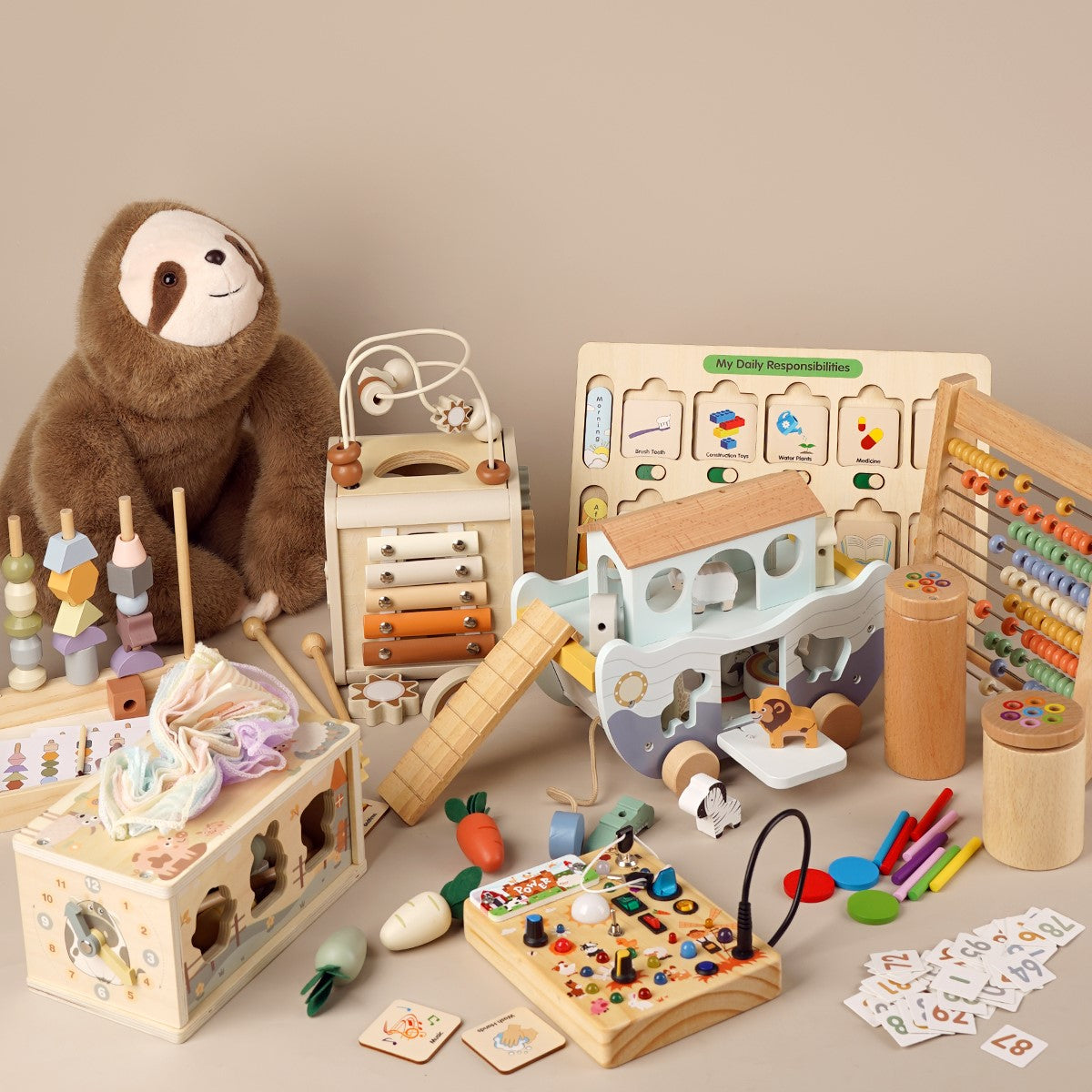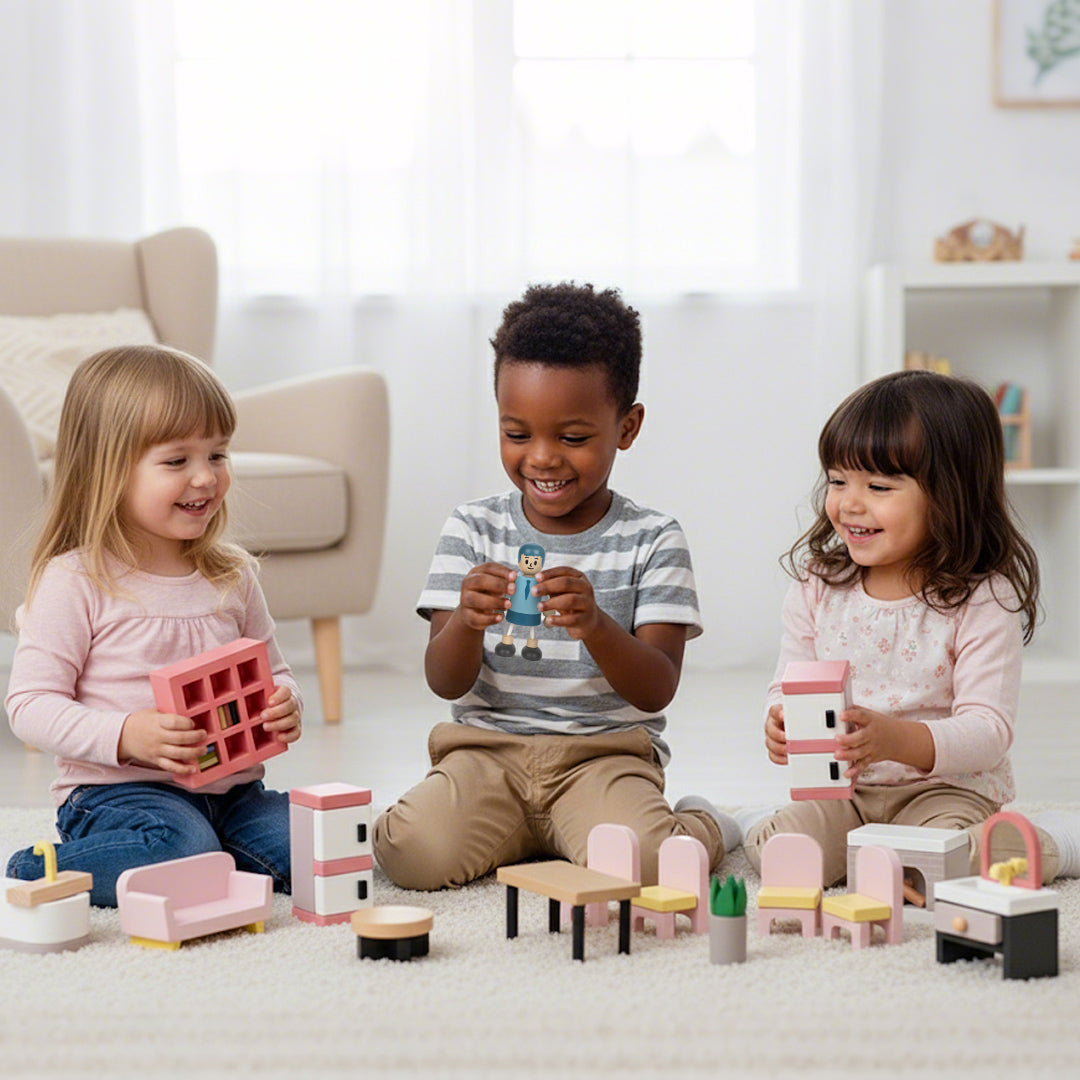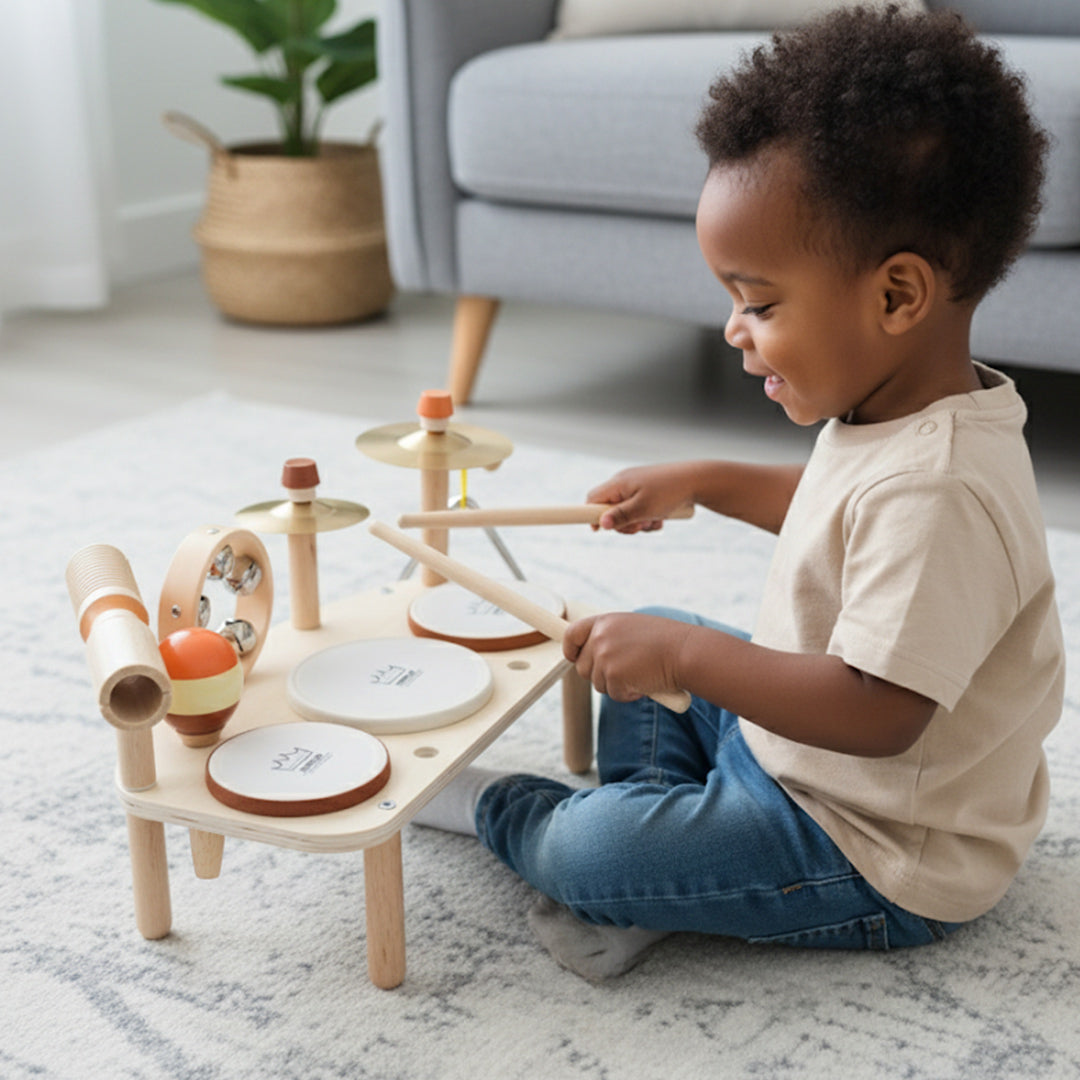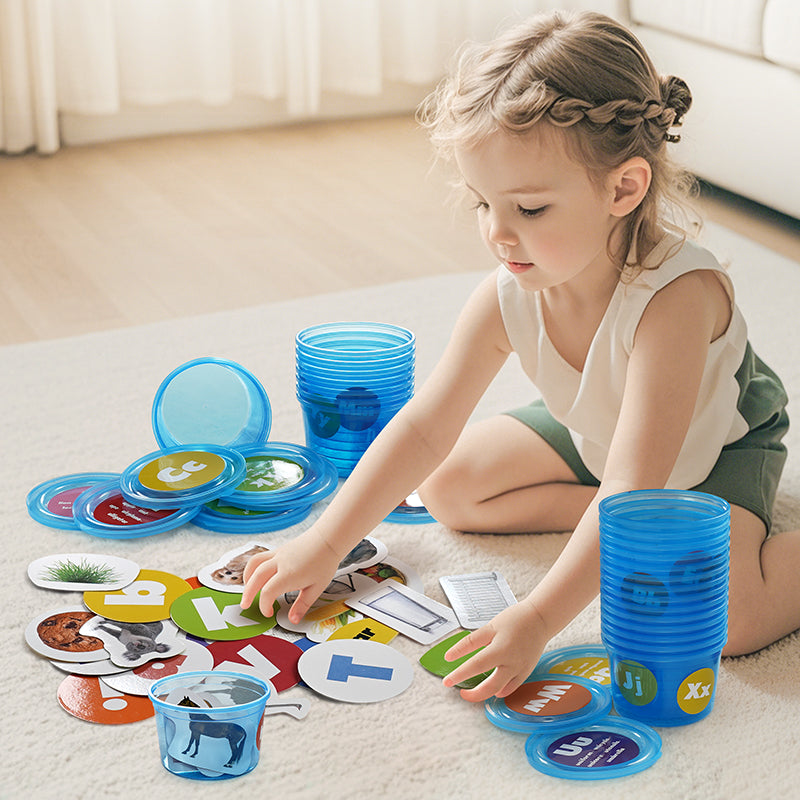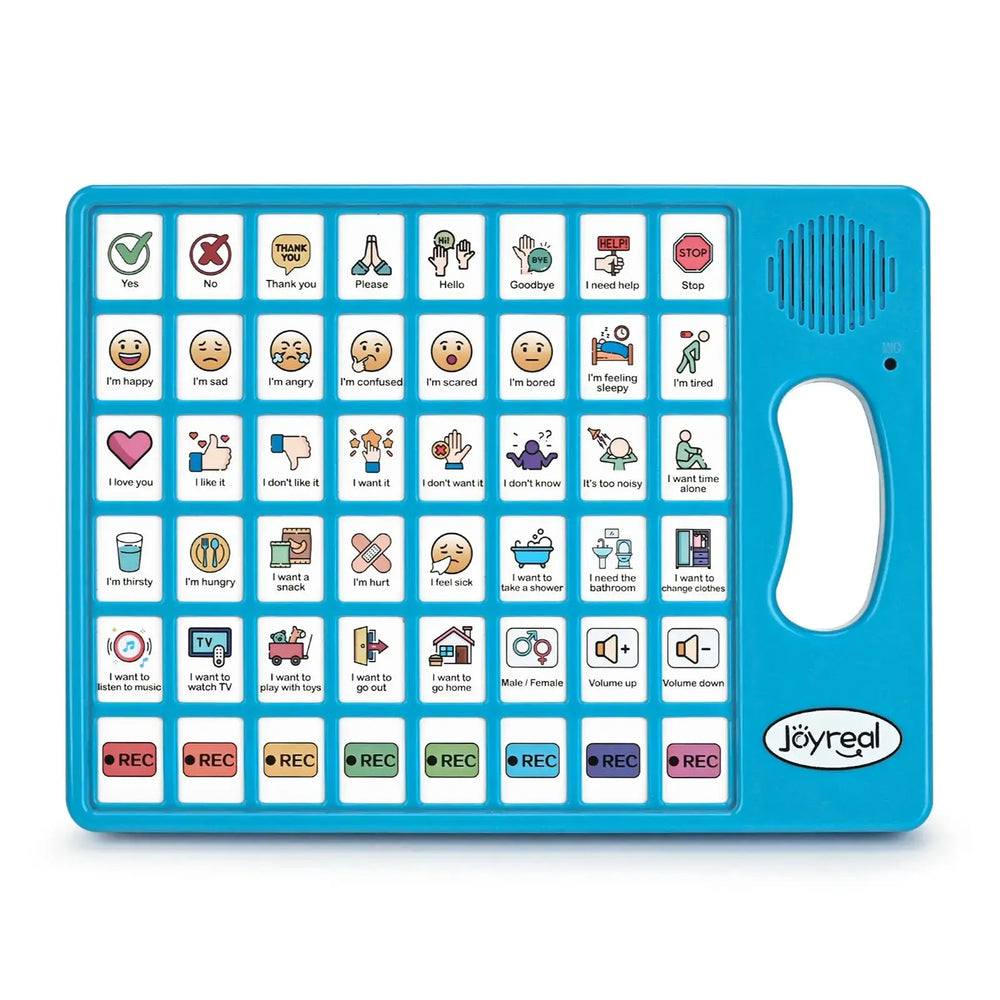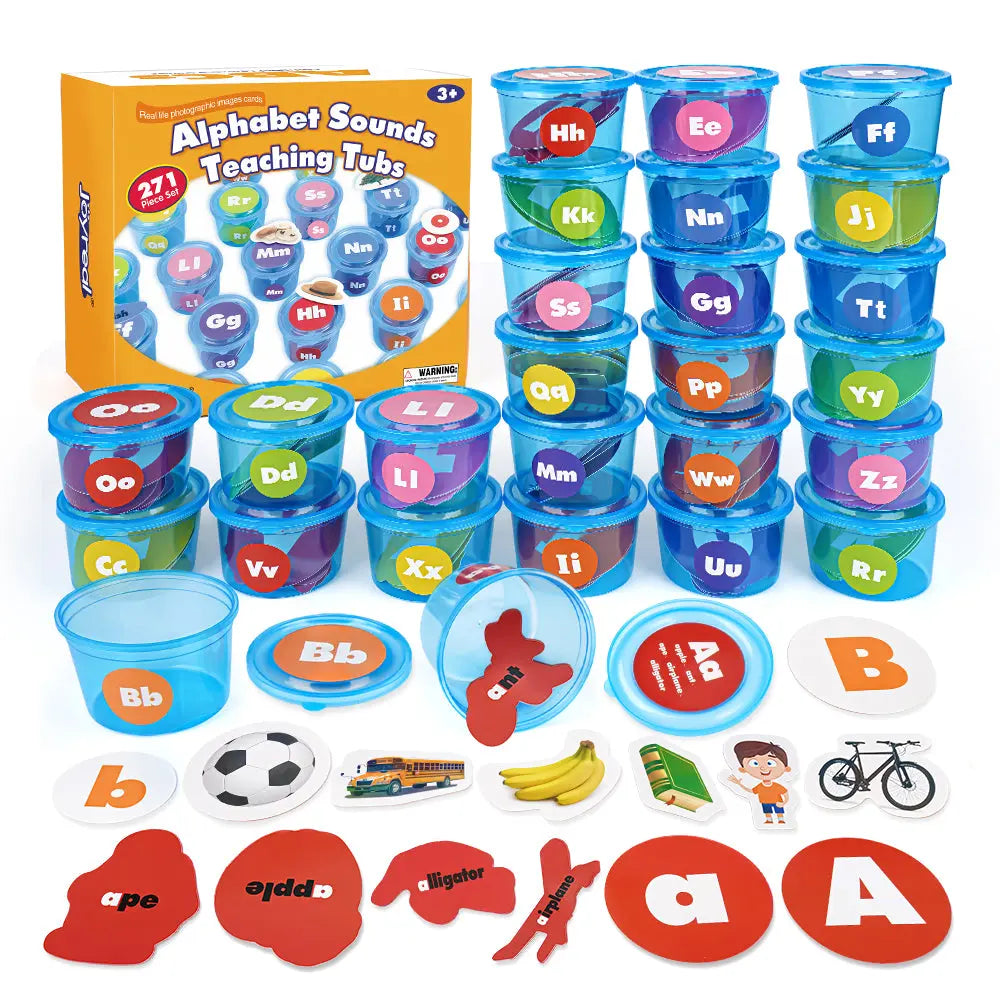The Importance of Speech, Language, and Literacy in Shaping a Child's Future
From the first babbles to full sentences, a child’s language development is one of the most exciting milestones in early childhood. Speech, language, and literacy form the foundation for communication, learning, and emotional expression. But what exactly are “speech,” “language,” and “literacy,” and why do they matter so much for your child's growth?
Speech vs. Language: What’s the Difference?
While often used interchangeably, speech and language are not the same thing. Language is the system of words and symbols used to communicate ideas, including vocabulary, grammar, and sentence structure. Speech is how we express language through sounds, pronunciation, and articulation. In simpler terms, language is “what we say,” and speech is “how we say it.”
What Is Speech?
At its core, speech is the physical act of producing sounds that form words. It’s how we say what we want to communicate, and it involves several components:
- Articulation: The ability to produce sounds correctly (e.g., pronouncing words clearly).
- Fluency: How smoothly speech flows, including the rhythm, pauses, and speed of speech.
- Voice: The tone, pitch, and volume of speech.
Speech is about the mechanical side of communication. It’s everything that happens when we use our vocal cords, mouth, lips, and tongue to make sounds. For example, when you say the word "cat," you're producing speech by moving your mouth and vocal cords to form that particular sound.
What Is Language?
On the other hand, language is the system of rules and symbols we use to express ideas, thoughts, and emotions. It goes beyond mere sounds and includes the structure and meaning behind those sounds. Language involves:
- Vocabulary: The words we use and their meanings.
- Grammar: The rules that govern how words are combined to form sentences (e.g., word order, verb tense).
- Syntax: The arrangement of words to create meaningful sentences.
- Semantics: The meaning behind the words and sentences.
- Pragmatics: The social rules that guide how we use language in different contexts (e.g., taking turns in conversation).
While speech focuses on the how, language is about the what and why of communication. It’s the system that allows us to express complex ideas and understand each other. For example, understanding the meaning of the word "cat," knowing how to use it in a sentence like "The cat is sleeping," and knowing when it’s appropriate to talk about cats in a conversation all rely on language.
Why Are Speech and Language Development So Important?
For children, speech and language development are key to learning, socializing, and adapting to the world around them. When these skills don’t develop as expected, it can affect their ability to learn to read, write, and communicate effectively. Language is the foundation of literacy, while speech influences whether a child can clearly express themselves and be understood by others.
Early Literacy: How Speech and Language Impact Reading and Writing
A child’s language skills play a crucial role in learning to read and write. Research shows that children with strong language abilities tend to develop reading skills more quickly, while those with language delays may face challenges in literacy. For example, a child who has difficulty with vocabulary or sentence structure may struggle with reading comprehension or spelling. Without a solid language foundation, it can be harder to learn to decode words and grasp what they mean.
How Parents and Caregivers Can Support Early Literacy: The Role of Educational Toys
Early literacy development doesn’t require expensive resources or formal lessons—simple, everyday interactions can lead to surprising growth. Through interactive play, children’s interest in language can be sparked by core activities like read-aloud sessions and meaningful conversations. To support this, educational toys and tools—such as alphabet learning kits and magnetic dry-erase boards—can be used to target key language development stages. These playful approaches help enhance literacy skills naturally while keeping learning engaging and fun.
1. Alphabet Learning Kits: A Fun Way to Master Letters
Alphabet Learning Kits are designed to make letter recognition and phonics fun and engaging. These kits often include a variety of tactile components such as flashcards, letter blocks, and magnetic letters. When children interact with these materials, they learn how letters form words, recognize shapes, and begin associating sounds with corresponding letters.
- Benefits for Literacy: These kits help children recognize letters visually and auditorily, boosting their phonemic awareness. Phonemic awareness—the ability to recognize and manipulate sounds in words—is one of the most crucial skills for developing reading abilities.
- Joyreal’s Approach: Joyreal’s kits combine both visual and tactile stimulation to encourage sensory learning. The variety of tools offered by Joyreal engages children’s imaginations, making them excited to learn their ABCs in a hands-on way.
2. Magnetic Dry Erase Boards: Practicing Writing and Letter Formation
Another excellent educational tool is the Magnetic Dry Erase Board. These boards are perfect for children learning to write and form letters. With a dry-erase surface and magnetic components, kids can repeatedly practice writing letters and simple words while improving their fine motor skills. Many dry-erase boards come with an interactive feature—magnetic letters or numbers—that can be arranged into words or simple sentences.
- Benefits for Literacy: Writing is a key part of developing literacy. It helps children learn how words are constructed, understand the relationship between letters and sounds, and improve their handwriting skills. Repetition through a magnetic dry-erase board allows children to practice without the pressure of wasting paper, and it encourages them to experiment with spelling.
- Joyreal’s Approach: Joyreal’s magnetic boards are designed to cater to young learners by offering an intuitive, fun approach to writing practice. These boards allow children to explore the world of letters and words at their own pace, building confidence as they go.
3. Enhancing Communication for Children with Speech Delays:Joyreal AA Communication Tool
For children with delayed speech development, especially those with autism, using Joyreal AAC (Augmentative and Alternative Communication) communication devices can be a highly effective support tool. Designed specifically to aid in language learning, these devices help children communicate through images, symbols, and sounds, making it easier for them to express themselves. Not only is it an excellent tool for autism language education, but it’s also ideal for cultivating early language skills.
The Joyreal AAC device for autism offers visual and auditory support, helping children understand and use language more effectively. For children with delayed speech development, it helps overcome communication barriers and improves their ability to express thoughts and needs. It also aids in building vocabulary and understanding basic sentence structure, making it easier for children to interact with others.
This innovative tool provides a more personalized learning experience for children, allowing parents and caregivers to create a more interactive and diverse environment for language development. With the support of AAC devices, children can gain the confidence and skills they need to communicate effectively in everyday life.
The Role of Schools and Communities
While parents and caregivers play a vital role in fostering early literacy, schools and communities also have a responsibility to support literacy development. Early childhood education programs, libraries, and community centers can provide access to books, activities, and resources that support literacy. Teachers, caregivers, and community leaders can collaborate to ensure that every child has the tools they need to thrive.
Conclusion
Cultivating children’s early literacy skills is not just about preparing them to read and write; it’s about giving them the foundation for success in school and life. Early literacy helps children develop the cognitive, social, and emotional skills they need to navigate the world around them. By reading, playing with sounds, expanding vocabulary, and creating a literacy-rich environment, we can help children build the confidence and skills to succeed academically and beyond.
Remember, literacy isn’t something children learn overnight—it’s a lifelong journey. The earlier we start, the more equipped they’ll be to succeed in the years ahead.
Maybe it will be helpful for you:
Recent Post

What Finally Helped My Toddler Speak Up?
If you’re a toddler mom, you already know how much emotional weight...

Joyreal Christmas Toys Deals 2025
Enjoy instant savings across nearly every category, from early lear...

How Wooden Montessori Toys Support a Sustainable Childhood
Most parents don’t say it out loud, but many feel the same quiet fr...

Top Christmas Gifts to Help Kids Communicate Better This Holiday Season
The holiday season brings joy, family bonding, and endless opportun...

How to Make DIY Printable Communication Boards
Communication is at the heart of every child’s development — and fo...

Top 5 Christmas Gifts That Bring Families Closer (2025 Guide)
Christmas isn’t just about the gifts — it’s about the moments we c...

Top Musical Christmas Gifts for Toddlers & Preschoolers 2025
Why Musical Gifts Are Perfect for Toddlers and Preschoolers Music h...

Joyreal AAC Devices Wholesale Partner
In today’s educational and therapeutic environments, speech therapi...

Joyreal AAC Device – Big Sale for Autism & Speech
Every Voice Deserves to Be Heard Imagine your child looking up at y...

How to Choose Safe & Educational Toys for Christmas 2025
When “Just a Toy” Means So Much More If you’re a parent, you know t...
